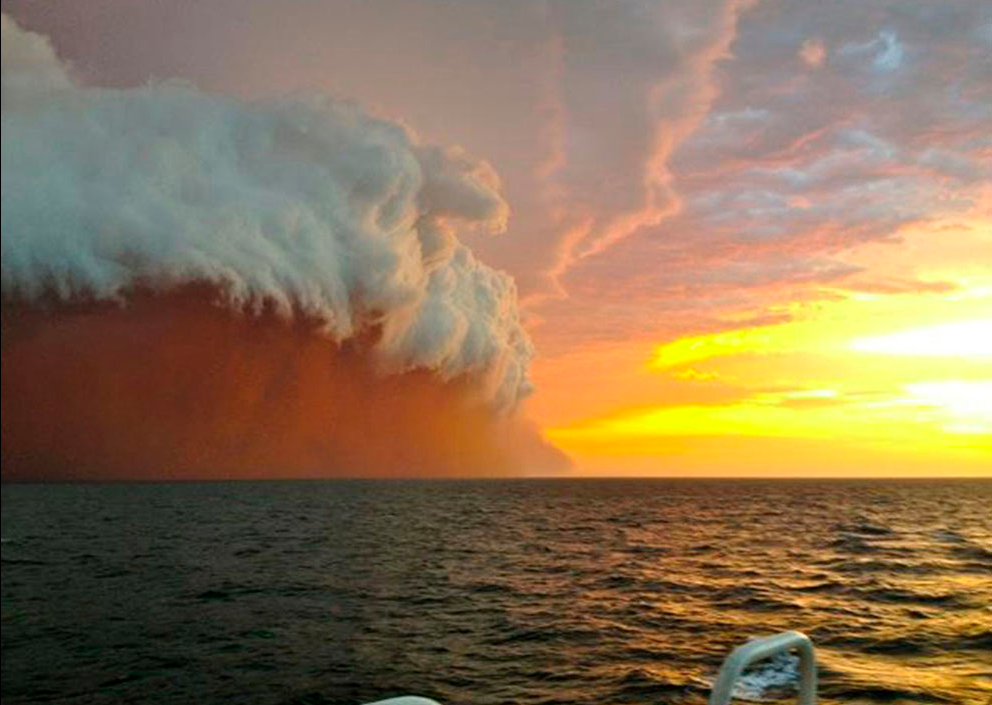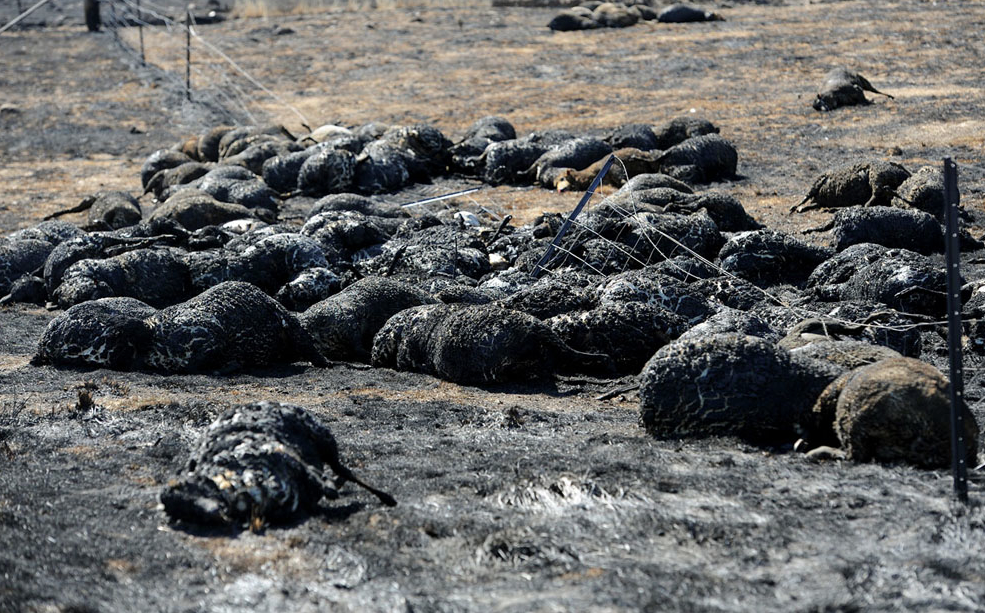I wish I could claim sole authorship of the title for this commentary, but in fact it is an adaptation of a recent article in Scientific American (which adapted it from the title of John Steinbeck’s last novel who in turn borrowed it from Shakespeare’s malevolent characterization of Richard III). But for all of that it is no less a compelling characterization of our current state of climactic affairs as we find ourselves confronting the acceleration of what has become known as “slow violence.”
Slow violence refers to environmental disasters that occur so gradually that we barely see them, but which reap long-term, catastrophic outcomes. Recent global warming trends top the list and what makes such phenomena all the more problematic is how they can often appear to be incredibly, breath takingly beautiful, approaching what we might even call the sublime—representations that in some measure transcend reality, transporting us to a place that defies the very capacity for representation itself. The photograph above is perhaps such an image where sky and water bifurcate the horizon of here and there as variations in lightness and darkness mark the temporal distance between now and then (or perhaps past and future). The orange and magenta tones of the sky cast a calming shadow upon the sea which masks the mysteries of who knows what within its otherwise murky depths. And overall the image invites both our approach and avoidance as if a heavenly and sanctified location. It is hard to not look it and to be in awe. Only the protuberances that emerge from the bottom of the frame call attention to the fact that this is a photograph and not a scene that fully transcends human occupation.
What we are actually looking at is “haboob,” a white shelf cloud of dirt that has been stirred up by a ferocious dust storm in the Indian Ocean off of the coast of Western Australia. This dust storm, one of many that has caused brush fires over nearly one million acres is the result of uncharacteristically hot temperatures peaking at more than 119 degrees Fahrenheit in some parts of Australia. The result of those brush fires invites consideration of sublimity’s counterpart, the grotesque, as a second photograph from New South Wales pictures the carcasses of sheep incapable of breaking free of a fence that contained them while a wildfire consumed the earth on which they stood.
The bodies are not human, and so the tragedy is not as pronounced as it might be—not that we should scant the lives of sheep or other living beings—but it is not hard to imagine that they could be human bodies. The image is hard to look at, but that would seem to be the point, as it works as a powerful, visual counterpoint to the awe-inspiring beauty that all too often and all too easily diverts our attention and placates (gratifyingly so) our acceptance of slow violence in the first place.
This is the third winter in a row that we have faced extreme weather patterns throughout the world. These are the winters of our discontent. How much longer will they go on before we respond responsibly as global citizens is the real question we need to be asking.
Photo Credit: Brett Martin/Reuters/fishwrecked.com; Greg Wood/AFP/Getty Images

